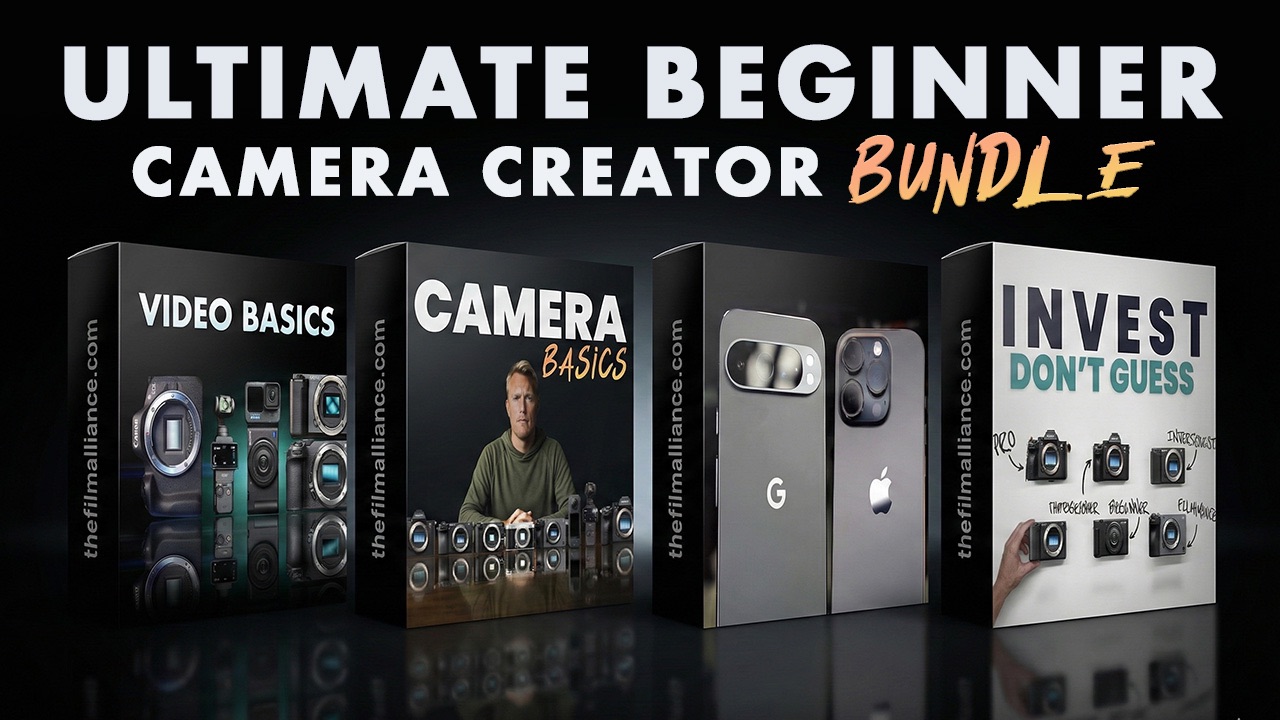
Pixel 9 Pro vs Osmo Pocket 3: Which Camera is Best for Creators in 2025?
Jul 09, 2025
Get the full story watching the video above ⬆️
If you're a content creator deciding between the Google Pixel 9 Pro and the DJI Osmo Pocket 3, I've tested both in a variety of real-world scenarios so you don't have to. I also created a full course on how I set up my Osmo Pocket 3 for cinematic content, which you can find linked in the description. Let’s break down how each camera performs and help you decide which is the better fit for your workflow.
Also here you can find the FREE PROJECT FILES for both cameras so you can dive in and explore for yourself. If you're still on the fence after you read this blog, you can take my free "Which Camera Should I Buy?" quiz.
Starting with pricing: the Pixel 9 Pro launched in September 2024 at $999, while the Pocket 3 hit the market in October 2023 starting at $619, though its price has been gradually increasing.

When it comes to image quality, both cameras impressed me. I used both automatic and manual exposure modes in uncontrolled lighting situations. The Pocket 3 tended to produce more natural, filmic visuals, whereas the Pixel leaned toward that bright, saturated smartphone aesthetic. For some situations, like landscapes or artwork, I appreciated the Pixel’s punch—but more often than not, I preferred the more neutral output from the Pocket 3.
In low light, I shot in environments like a mini theater and neon arcade. The Pixel did a good job brightening midtones, which helped with visibility, but it often lost the dramatic shadows that give a shot character. The Pocket 3, on the other hand, preserved shadow detail and had smoother motion blur, which made the footage feel more cinematic to me.

I also tested both cameras during a sunrise at the beach and at night while filming trains. The results were surprisingly different. The Pocket 3 consistently delivered richer detail and more accurate motion blur. I’d love to hear your thoughts in the comments—some of it does come down to taste.
Stabilization is another key area. While walking, the Osmo Pocket 3’s gimbal gave it an advantage in smoothness, though the Pixel held up well and even handled vertical shake slightly better. But overall, the Pocket 3’s footage looked more polished and professional.
One area where the Pixel clearly won was exposure shifting. Moving from shadows into sunlight, the Pixel adjusted exposure quickly and smoothly. The Pocket 3 lagged behind and even overexposed my face briefly in some tests

On the topic of color and distortion, both handled wide-angle shots with minimal distortion. The Pixel again leaned into oversaturation, which looked a bit cartoonish in sky and water scenes. The Pocket 3 kept things grounded in reality, with more believable color reproduction.
When testing different frame rates—like 4K24, 4K60, and 1080p60—I noticed some differences. At 4K24, both looked fantastic for real estate and cinematic footage. At 4K60, the Pixel looked a little smoother, but the Pocket 3 still held its own. In 1080p60, the Pocket 3 offered cleaner output, whereas the Pixel added a bit more noise.
One thing that really bugged me about the Pixel was how it handled flares. Shooting into the sun created large, ghostly flares. The Pocket 3 managed sunlight more naturally and even produced beautiful sunburst effects during golden hour.

Color-wise, the Pocket 3 nailed it more often than not—especially for skin tones, skies, and sunlight. The Pixel pushed saturation too far for my taste, making some shots feel overly processed.
As far as functionality goes, I tested both as A-cams and B-cams. I originally used the Pixel as my A-cam but quickly found the Pocket 3 captured finer details, which ultimately led me to promote it to the lead role.
Autofocus was a tie—both locked on well. White balance was more nuanced. Neither camera was perfect in mixed lighting, but the Pixel adapted faster. That said, I always recommend setting white balance manually when possible.
For vertical content like shorts and Instagram stories, I shot with both in portrait mode. The Pixel gave a more festive, punchy look (especially with holiday decorations), while the Pocket 3 stayed true to life.
In terms of vlogging, both cameras are great thanks to stabilization. But I did notice the Pixel sometimes oversaturated skin, and the Pocket 3 looked a bit flat. I also tested onboard audio—both were usable, but if you're serious about audio, I definitely suggest going external.
Color accuracy in controlled studio conditions revealed the same story: the Pixel oversaturated and smoothed skin tones, while the Pocket 3 preserved shadows and subtle gradients much better.

I even tried green screen and product shots. Both handled chroma keying fine, but the Pocket 3 was better at preserving shadows and contrast, especially when shooting black objects—it avoided that plasticky, washed-out look.
Design-wise, the Pixel is definitely more pocketable and faster to whip out. The Pocket 3 is a bit more delicate due to the gimbal. Button layouts were personal preference—Pixel uses side buttons, while the Pocket 3 has front-facing controls with a joystick, which gave me more precise handling.
Playback and menu navigation felt smoother on the Pixel thanks to the bigger, more responsive screen. But the Pocket 3 offers more manual control and flexibility—if you're willing to climb the learning curve.
As for frame rate options, the Pixel goes up to 8K30 and 4K60, while the Pocket 3 tops out at 4K120. That slow-mo capability is a huge bonus for my kind of cinematic work.

So, final verdict: both cameras are awesome in their own ways. If you want something fast, colorful, and easy, the Pixel 9 Pro is a solid pick. But if you’re like me and value cinematic quality, manual control, and natural colors, then the Osmo Pocket 3 is the better choice. Especially in low-light situations, it just performs better.
I’d love to hear what you think—drop a comment with your favorite. And if you’re serious about using the Pocket 3, definitely check out my full setup course. Thanks for reading—I'm Joe from The Film Alliance, and I’ll catch you in the next one.



